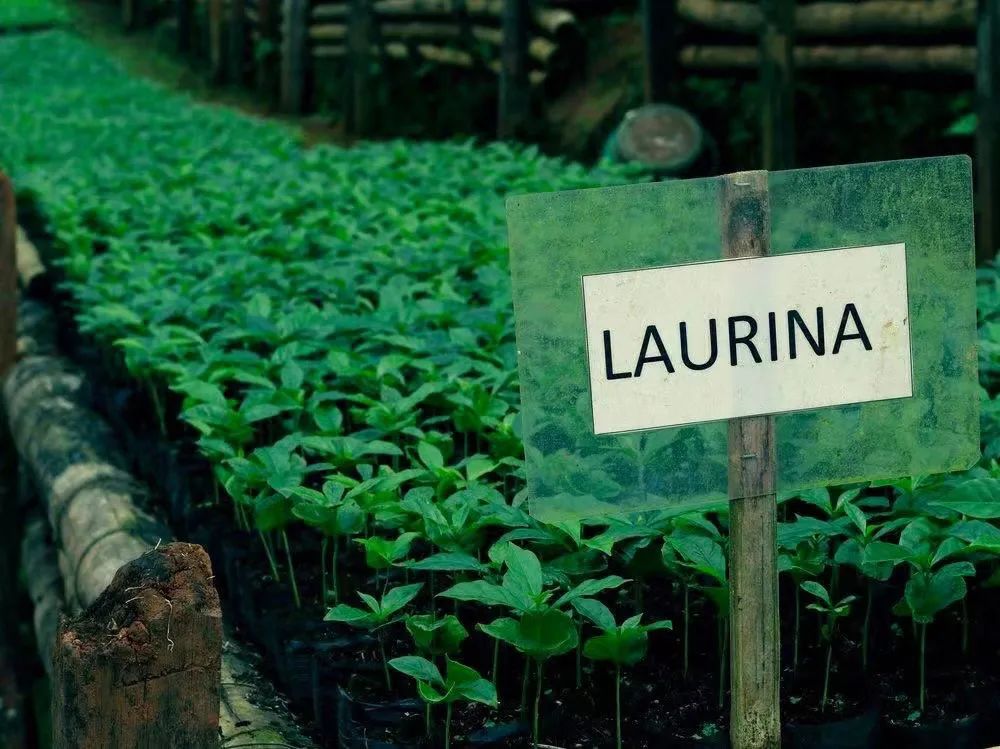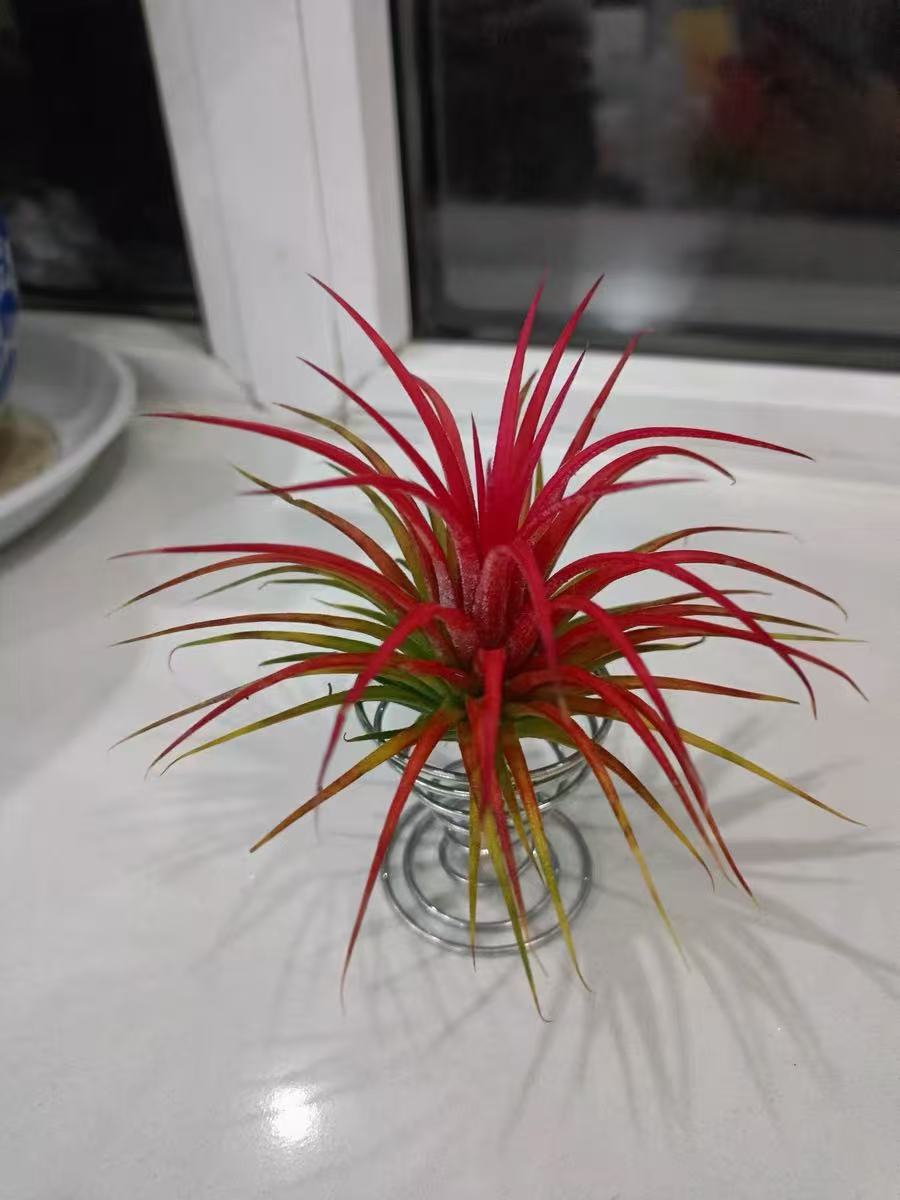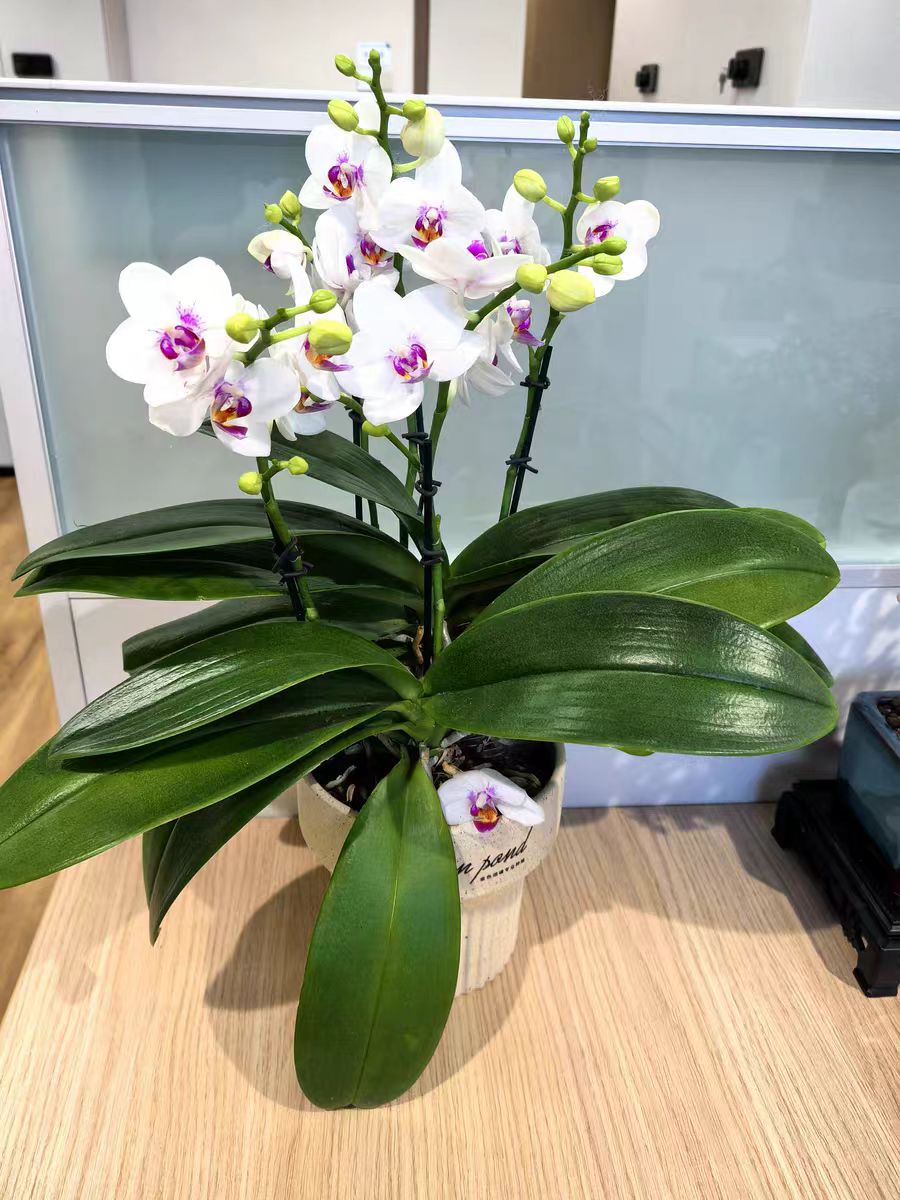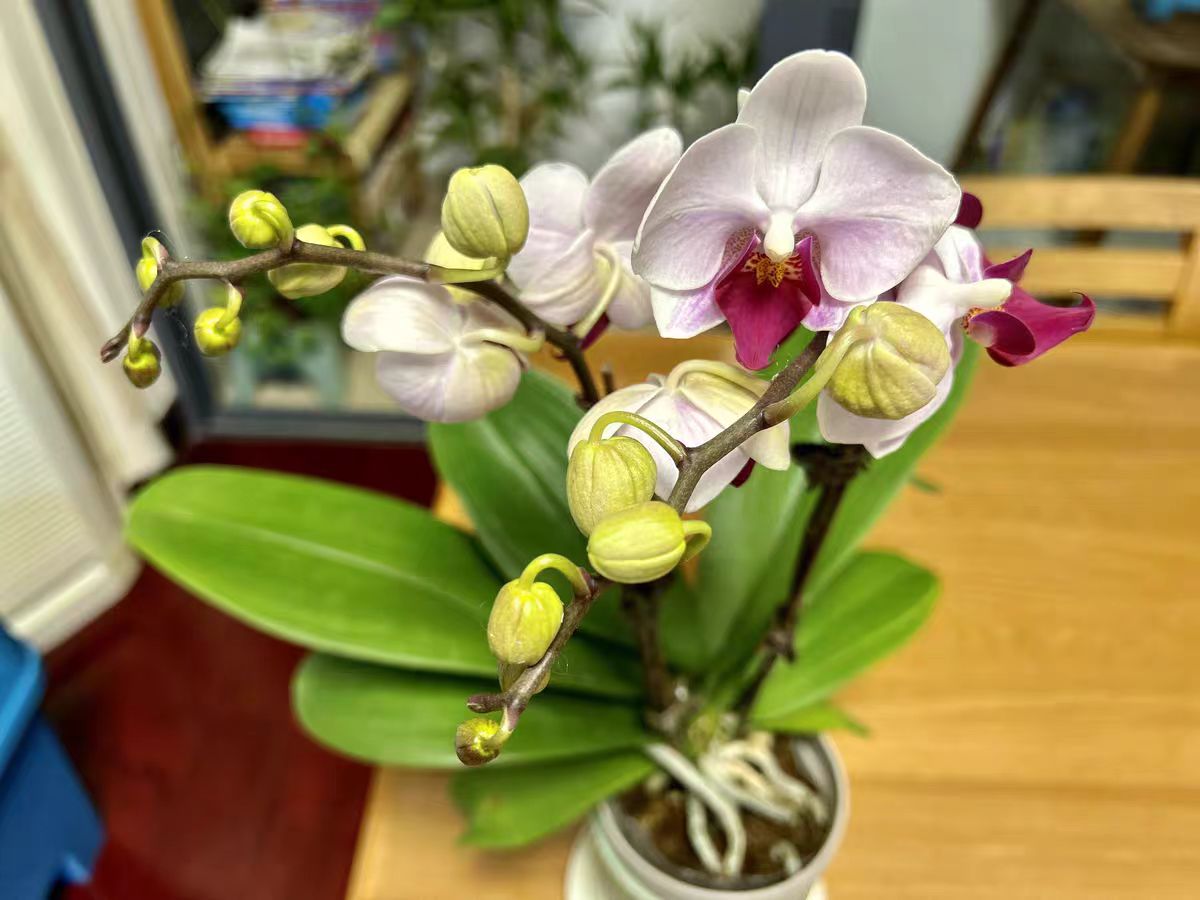Nowadays, more and more people like to drink coffee, but not everyone can accept the caffeine in coffee, and some people may even be caffeine-sensitive. Therefore, in some chain coffee brands, there are options for low-caffeine coffee beans, but currently many low-caffeine coffee beans are removed from the caffeine in the coffee beans through some complex processes.
However, there are now more natural low-caffeine coffees available, such as Laurina, Aramosa, and AC1. I have introduced them before, so this time let's take a look at the coffee variety of Laurina.
The origin of Laurina
Laurina is also known as "Pointed Bourbon". This variety was first discovered on the Indian Ocean island of Reunion (formerly known as Bourbon). Reunion is a French overseas territory. In the 17th and 1700s, the consumption of coffee throughout Europe was on the rise. The French tried to grow coffee beans in the east of France at that time, but failed, so they went to look for areas more suitable for growing coffee.
In 1715, the French colonists shipped several coffee trees from Yemen to Reunion. These are Bourbon varieties, which are the most genetically diverse coffee varieties. However, only one of the 20 coffee trees shipped to Reunion at the beginning produced results. However, the yield of Reunion Bourbon increased steadily. Therefore, most of the production was concentrated on Bourbon, and coffee planting was neglected. It wasn't until 1783 that local coffee planting in Reunion was scientifically certified (initially referred to as Coffea mauritiana because Reunion is near Mauritius), but producers were more focused on other plants.
By 2001, the Reunion government decided to rebuild the coffee industry with the support of the International Center for Agricultural Research for Development and the National Institute for Sustainable Development. In 2002, experimental plantings began on the island. It wasn't until 2018 that a competitor used Laurina to participate in the competition and win the championship that the variety became popular again.
Features of Laurina
The feature of the Pointed Bourbon variety is its Christmas tree-like shape, as well as small leaves, dense branches, and pointed coffee fruits. This coffee tree is a dwarf mutant of the Bourbon variety, which means that its books are usually very small. The coffee tree usually stands about two meters (eight feet) tall.

However, due to the low caffeine content of this variety, it is not conducive to growth, because caffeine has always been a natural low-insect deterrent. However, it has now been found that this variety is more resistant to drought conditions and is conducive to survival.
The possibility of large-scale production of Laurina
Gabriel Agrelli is the head of market development and research at Daterra Coffee, a 2,800-hectare farm in Brazil. Daterra has been producing Pointed Bourbon for about 20 years. Laurina was first brought to Brazil in the 19th century. By 1932, researchers were studying the variety at the IAC, the Campinas Agricultural Research Institute.

Currently, about 6 hectares of farmland are planted with this coffee. Over the past 20 years, the farm has selected the most productive plants for breeding to help them adapt to the climate of the farm. However, due to the fine care required for this variety, the production level is likely to remain small and exclusive. About 30% of the plants will die in the first year of each new planting of Pointed Bourbon, which is a higher mortality rate than other Arabica varieties. Through selected trials, Daterra found that the variety grows better in shady conditions, so the farm plants most of the Pointed Bourbon plants in the shade to increase yield and quality.
Despite the challenges, many producers and roasters are looking for rare or unusual coffee varieties, and the Laurina variety offers a viable opportunity. Due to its natural low caffeine content and flavor characteristics, this variety is increasingly popular with many coffee consumers. Therefore, there is reason to believe in its potential to become more prominent in the coming years.





Leave a Reply